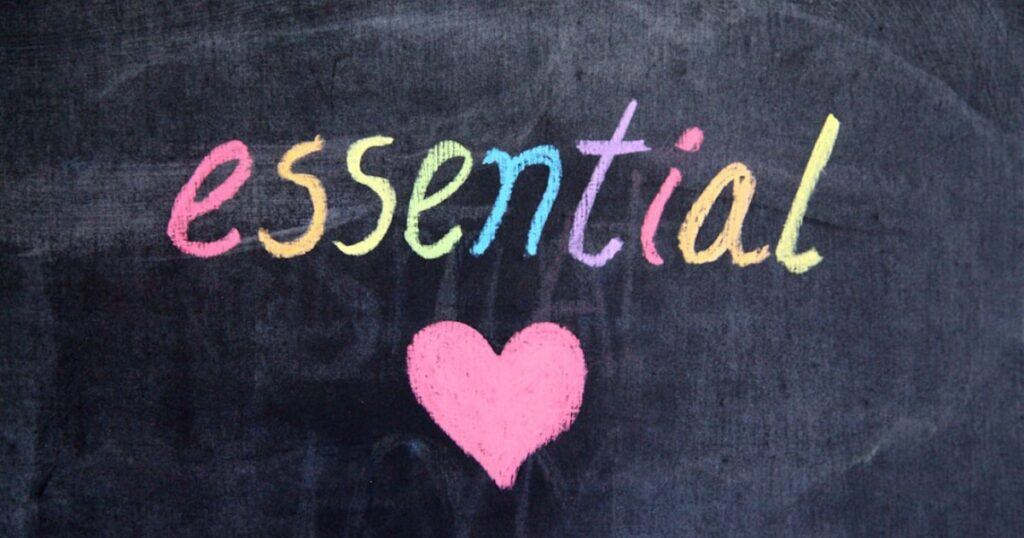In my journey through life, I have realized that one of the most crucial skills we can develop is the ability to communicate clearly and concisely. Whether in personal relationships, professional settings, or everyday interactions, effective messaging can make a world of difference. Here, I’ll share my insights and tips on mastering the art of clear and concise communication.
Why Clear and Concise Communication Matters
When I communicate effectively, I ensure that my message is understood as intended, reducing the risk of misunderstandings and confusion. Here are some key reasons why clear and concise communication is essential:
- Enhances Understanding: Clear communication ensures that my message is easily understood, eliminating ambiguity.
- Saves Time: Concise communication gets to the point quickly, saving time for both the speaker and the listener.
- Builds Trust: When I communicate clearly, it builds trust and credibility, as people can rely on me to convey accurate information.
- Improves Relationships: Effective communication strengthens relationships by fostering open and honest dialogue.
- Increases Efficiency: In professional settings, clear communication enhances efficiency and productivity by ensuring that tasks and expectations are clearly defined.

Key Principles of Clear and Concise Communication
To master clear and concise communication, I focus on several key principles:
- Know Your Audience: Understanding the needs and expectations of my audience helps me tailor my message appropriately. I consider their level of knowledge on the topic and adjust my language and tone accordingly.
- Be Specific and Direct: I avoid vague or ambiguous language and get straight to the point. Specific and direct messages are easier to understand and remember.
- Use Simple Language: I strive to use simple and straightforward language, avoiding jargon or complex terms that might confuse the listener.
- Organize Your Thoughts: Before I speak or write, I organize my thoughts to ensure my message is logical and coherent. This helps me present my ideas in a clear and structured manner.
- Eliminate Redundancies: I remove unnecessary words or phrases that do not add value to my message. Concise communication is about saying more with less.
- Provide Examples: When appropriate, I use examples or analogies to illustrate my points and make them more relatable.
Practical Tips for Clear and Concise Communication
Here are some practical tips that have helped me improve my communication skills:
- Plan Ahead: Before important conversations or presentations, I take the time to plan and outline my main points. This preparation ensures that I stay focused and avoid rambling.
- Practice Active Listening: I listen attentively to others and ask clarifying questions to ensure I understand their message. This practice not only improves my listening skills but also helps me respond more effectively.
- Edit and Revise: When writing, I review and revise my work to eliminate unnecessary words and improve clarity. This editing process helps me refine my message and make it more concise.
- Use Visual Aids: In presentations, I use visual aids like charts or slides to support my message and make it easier to understand. Visual aids can help reinforce key points and maintain audience engagement.
- Be Mindful of Nonverbal Communication: I pay attention to my body language, facial expressions, and tone of voice, as these nonverbal cues can impact how my message is received. Clear and confident nonverbal communication reinforces my verbal message.

Overcoming Common Communication Challenges
Even with the best intentions, I sometimes face challenges in communicating clearly and concisely. Here are some common obstacles and how I work to overcome them:
- Information Overload: In today’s information-rich world, it’s easy to overwhelm others with too much information. I prioritize the most important points and present them in a concise manner.
- Emotional Interference: Strong emotions can cloud my judgment and affect my ability to communicate clearly. I take a moment to calm down and collect my thoughts before expressing myself.
- Misinterpretation: It’s possible for others to misinterpret my message, especially in written communication. I seek feedback and ask others to paraphrase my message to ensure it is understood correctly.
- Cultural Differences: Cultural differences can impact communication styles and expectations. I strive to be culturally aware and adapt my communication approach to respect and accommodate different perspectives.

Real-Life Applications of Clear and Concise Communication
Clear and concise communication has numerous practical applications in my daily life:
- In Personal Relationships: Effective communication fosters open and honest dialogue with family and friends, strengthening our relationships and resolving conflicts.
- In the Workplace: In professional settings, clear communication improves teamwork, collaboration, and productivity. It ensures that tasks and expectations are clearly defined and understood.
- In Public Speaking: When delivering speeches or presentations, clear and concise communication helps me connect with my audience and convey my message effectively.
- In Written Communication: Whether writing emails, reports, or social media posts, clear and concise communication ensures that my message is easily understood and impactful.
Conclusion: The Art of Effective Messaging
Mastering the art of clear and concise communication has transformed the way I connect with others. It’s a skill that requires practice and intentionality, but the rewards are immense. By communicating effectively, I not only enhance my personal and professional relationships but also contribute to a more understanding and connected world. So, let’s all take a moment to reflect on our communication habits and strive to convey our messages with clarity and conciseness. The power of effective messaging lies in our ability to be understood and to understand others, creating a foundation for meaningful and lasting connections.



I’ve been struggling with communicating complex technical information to non-technical audiences for ages. This article has given me some really useful tools to approach this challenge more effectively.
Before, my explanations would often leave people confused. Since adopting some of the principles here (breaking things down into bite-sized pieces, using analogies etc.), things have become significantly smoother and less frustrating. I’m excited to apply these improvements further.
I’m wondering if there are specific techniques for communicating across different cultural contexts, particularly considering diverse communication styles?
Hey, Dan,
I’m humbled to hear that the article helped you a lot in your technical field. Yes, the specific techniques will surely depend on each situation. We need to be flexible as much as possible when dealing with different cultural context, diverse communication styles, and different levels of education.
John